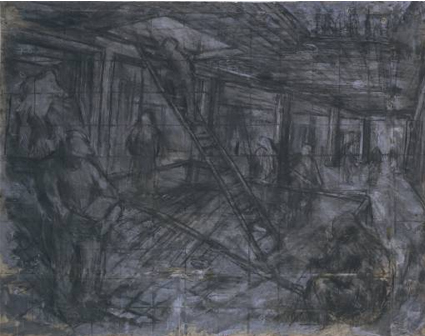"Some take the Venice Biennale very seriously indeed; others regard it as the Eurovision Song Contest of Art."; Andrew Graham-Dixon observes its centenary
Every two years more than a thousand artists, museum directors, art dealers, press officers, political activists, millionaires, alcoholics, art critics and gatecrashers - in other words that uncertain group known corporately as the international art community - gather to celebrate the world's oldest festival of contemporary art in the world's most conservative city.
Some people take the Venice Biennale very seriously indeed, while others regard it as the Eurovision Song Contest of art exhibitions. But, given that it takes place in Venice, in June, more or less everyone has a good time - and that is probably the chief reason for the survival of this peculiar and intriguing cultural anachronism.
Last week saw the opening of the 46th Biennale, a hundred years after the first. Although generalisations about the work of scores of different artists from scores of different countries are, generally speaking, unwise, it may be said that a mood of morbidity and melancholia hangs over much of the art on display.
The largest single exhibition of this year's Biennale, which has been organised by a French curator of great energy and ambition called Jean Clair, is a show somewhat ponderously titled Identity and Otherness. According to the official Biennale press release, written in officially opaque Biennale English, its theme is "the possibility of finding the human identity and the conditions that make it reachable". In fact it is an exhibition without a theme, unless something as hubristically broad as life in the 20th century can be described as one.
The scope of Clair's show is so large that it is less like a temporary exhibition than a temporarily convened museum of modern art. Running from...


